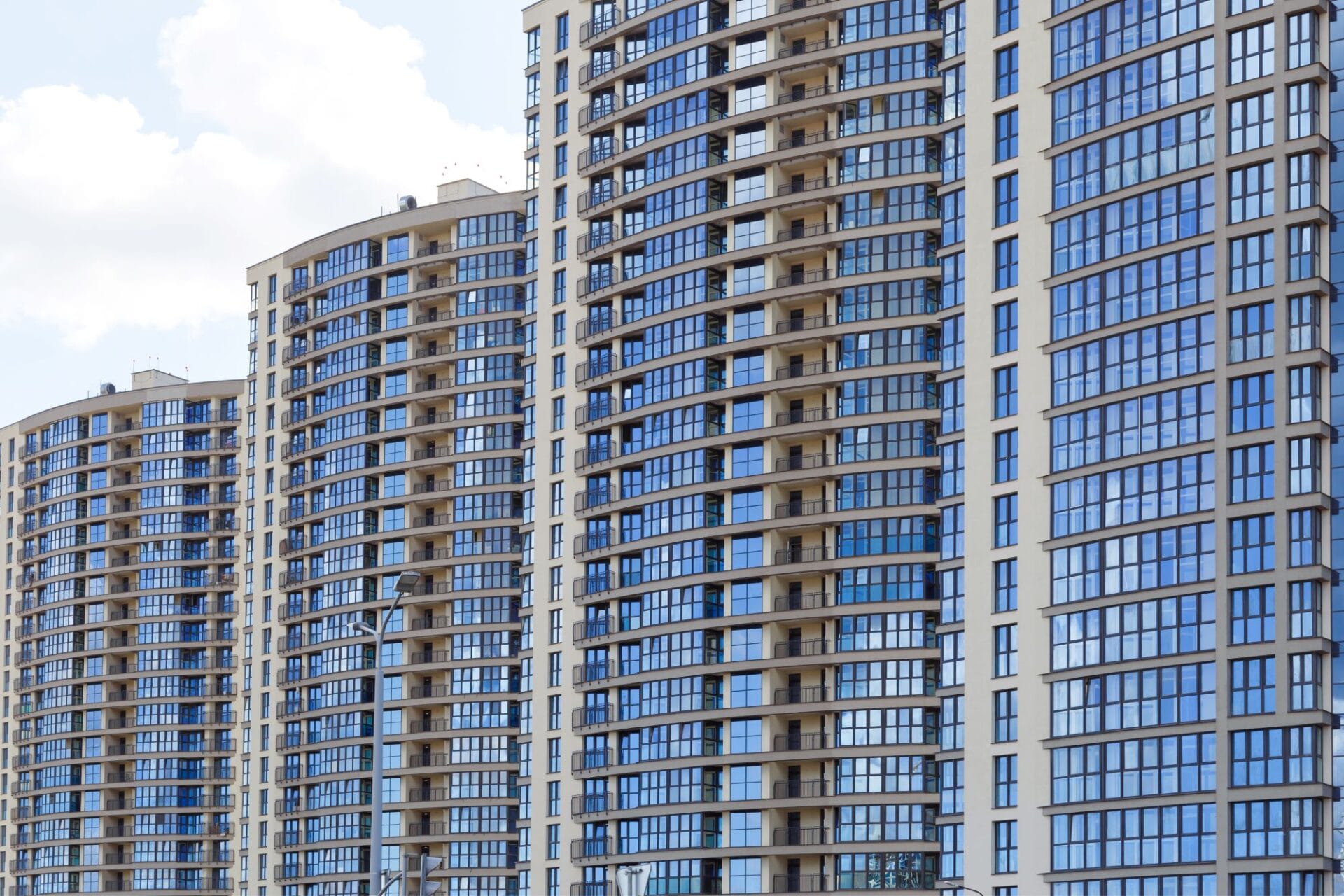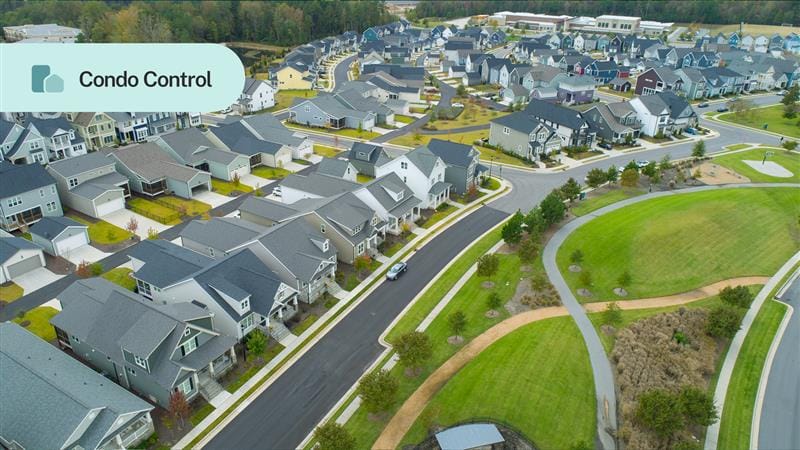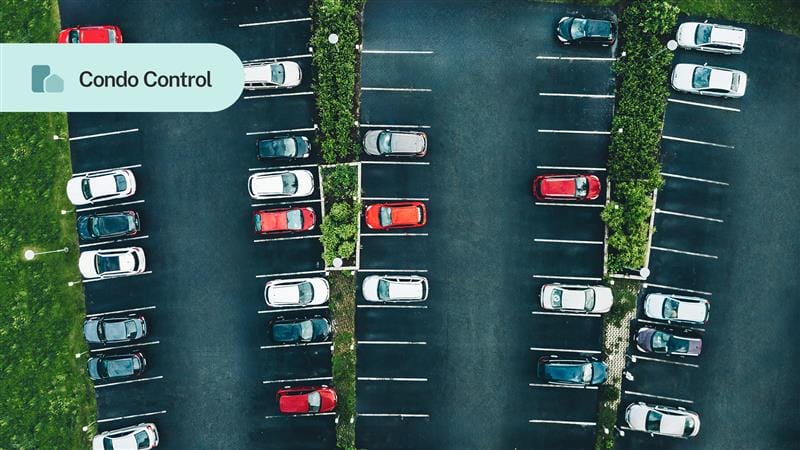There is one prevailing issue that communities bring to us. Regardless of their size, location or demographics, communication seems to be the roadblock they just can’t navigate.
The good news is that most communities do find ways to improve communication using more deliberate communication strategies, and simple communication software.
If your community is struggling to get important information to members in a timely manner, this article can help you make positive changes that will benefit everyone in your corporation or association.
Table of contents
- Why is communication such a big problem for communities?
- 7 tips to improve communication within your community
- Special considerations for large communities
- Special considerations for small communities
Why is communication such a big problem for communities?
It’s easy to assume that communication is intuitive. But in reality, it takes work to communicate well. People struggle to communicate with their colleagues, partners and friends all of the time.
But when considering communication within a corporation or association, there’s the added challenge of trying to deliver information to hundreds or even thousands of recipients.
Whether information simply isn’t being shared often enough, recipients don’t receive the message at all, or owners have difficulties understanding what they need to do with the information they’ve been given, misunderstandings, frustration, and conflict can ensue. This ultimately costs the community time and money, especially when the issues concern annual meetings of fees.
Effective communication is about more than sending off a letter or email. It’s about being able to clearly convey a message that recipients will read and understand.
Below are 7 reliable strategies to help you improve community within your community.
7 tips to improve communication within your community
1. Make sure contact information is accurate
Residents and owners can’t act on information or requests if they never received a message in the first place.
Owners who only live in the community for part of the year might have changed their primary address. Similarly, a resident could have created a new email account and deactivated their old one. These are two common examples of why messages don’t make it to community members.
To minimize these problems from occurring, verify members’ contact information at least once per year. Some communities may want to make this task a part of their annual internal audit.
Ideally, you will have each member’s full name, address, phone number, and email address. It’s much easier to collect and update member data electronically using community management software. These platforms have a dedicated space to add and store member information, including details about pets, vehicles, emergency contacts, and more.
You can control whether members have permission to update their own information, or reserve editing privileges for admins.
If you are unable to verify a member’s information via email, try sending a letter to their address or even giving them a call. You can verbally remind members to update their information at meetings as well.
Finally, when someone leaves the community, make sure you remove their contact information from the directory.
2. Be consistent
Consistent communication is a must. It is one of the best ways to capture and maintain your community’s attention. You don’t need to contact members every single day, but you do need to keep them informed about meetings, events, closures, projects, finances and rules. There’s a lot that goes into managing a community, and as a result, you should be sharing a lot of information with the people who are impacted by decisions and actions occurring within the corporation or association.
Digital communication may be the easiest way for communities to establish and maintain consistent communication. That’s because you can send a document, notice, etc. to multiple recipients at the same time. Plus, it costs the community less money to send information electronically.
However, there are still people who will prefer to receive traditional mail, and that’s okay. You can always ask members to opt-in to receive digital communications. Those who don’t like this option will still get their information on paper.
3. Don’t make assumptions
When sharing information about how to properly dispose of electronics, or when a new rule will come into effect, never assume that members already know important information about the matter.
For example, condo owners are often instructed to carry oversized cardboard to the main recycling area, but there isn’t always information about where exactly that area is located.

Similarly, it is not enough to tell members that a new rule has been passed. They should understand why the new rule was introduced, and how it will help or improve the community.
4. Take advantage of automated communication systems
How much time would you save if you could write a notice, attach a document, and share it with community members via email, text or automated voice message, all in five minutes or less?
It could be 10 hours a month, or 50 hours depending on the size of your community and how often you communicate with members. Either way, automated communication systems save you time, and they make it easier for you to share information with the community.
If you need to, you can select a specific group of people, such as owners who live on a certain floor, to contact. This way, you aren’t bothering members who don’t need to see the message.
You can even preschedule messages for a specific date or time so that you don’t have to work when you’re taking a vacation day.
5. Send messages that you would want to receive
Association/corporation information can be dry, and some information must maintain a formal or legal tone. But not everything has to be boring.
When possible, add character or color to your messages. Ask yourself if you would open and read the notice you are sending to members.
Be as concise as possible, use bullet points, and include links instead of adding more words if the information is being sent digitally. Use an image or two if it’s appropriate. Pictures are far more effective at getting someone’s attention than words.
You can also consider using different communication formats for different messages. Send event invites for community events, use an online poll to solicit feedback about a proposed improvement project, and share a “how-to” video if you need to deliver a simple reminder about cleaning lint traps or preventing sink clogs. All of this can be done on a community management software system like Condo Control.
6. Create opportunities for owners to speak and ask questions
Community leaders often forget that communication works best when all parties can contribute to conversations. Owners and residents don’t always get an opportunity to share ideas or voice concerns if they don’t attend meetings.
Change that by giving members a private discussion forum where they can talk about what’s on their minds. Forums can be moderated so that hateful and disrespectful comments are left out of the conversation.
Additionally, members should have access to contact information for the manager or board so that they can get answers to important questions they have.
7. Measure the success of your messages
The final point here is one that many leaders forget about, but unless you track the success of your messages, you will have no way to determine if they are working.
It’s not always possible to say with certainty that paper notices worked, but you can count things like an event’s turnout rate, or voter participation, to gauge whether the communication was effective or not.
When you send communications through a digital channel, it is often possible to see how many recipients opened the message. Take note of the items that perform well and try to identify why those messages did better than others.
Special considerations for large communities
Communities with hundreds of homes will require a robust communication system. Some sort of digital communication solution is essential since delivering items by hand or sending them out in the mail is simply too time consuming and inefficient.
If you’re responsible for helping hundreds of people, you will need to consolidate and organize community documents as much as possible so that members can serve themselves. Be clear about where members can find important information, and who to contact if they still require help.
Special considerations for small communities
Small communities have the capacity to seek input from owners on major decisions, even if it’s not mandatory for them to do so. This is great because the corporation or association feels more like a neighborhood, and members feel like their opinions matter. However, members may also feel that the board must discuss every matter with them (which is not the case), and that can lead to arguments. If this problem persists, the board will have to work on managing expectations.
It may be advantageous to create a digital communication system that is accessible to all members so that they can still feel included without having to physically be in the same room as the board all of the time.
Conclusion
Prioritizing effective communication is a worthy pursuit. Not only will it help to keep community members informed and engaged, but it can help minimize your workload in the long run, too.























